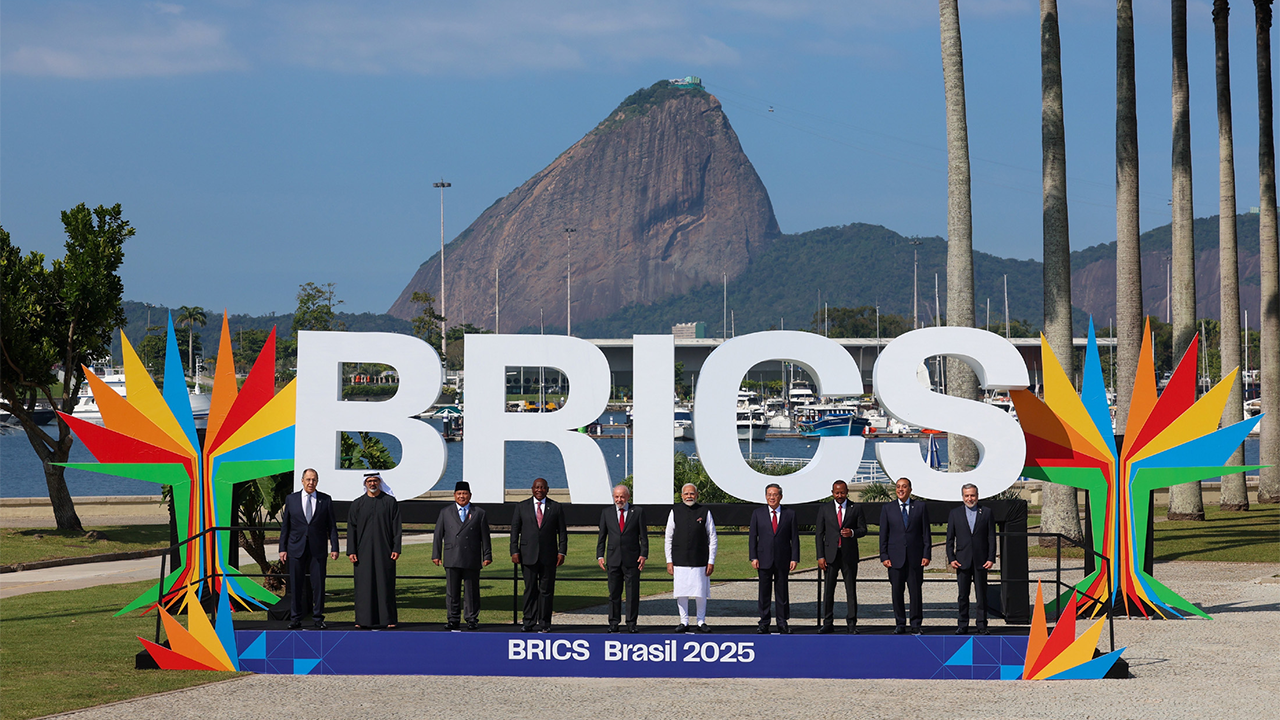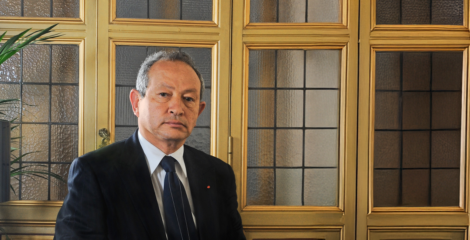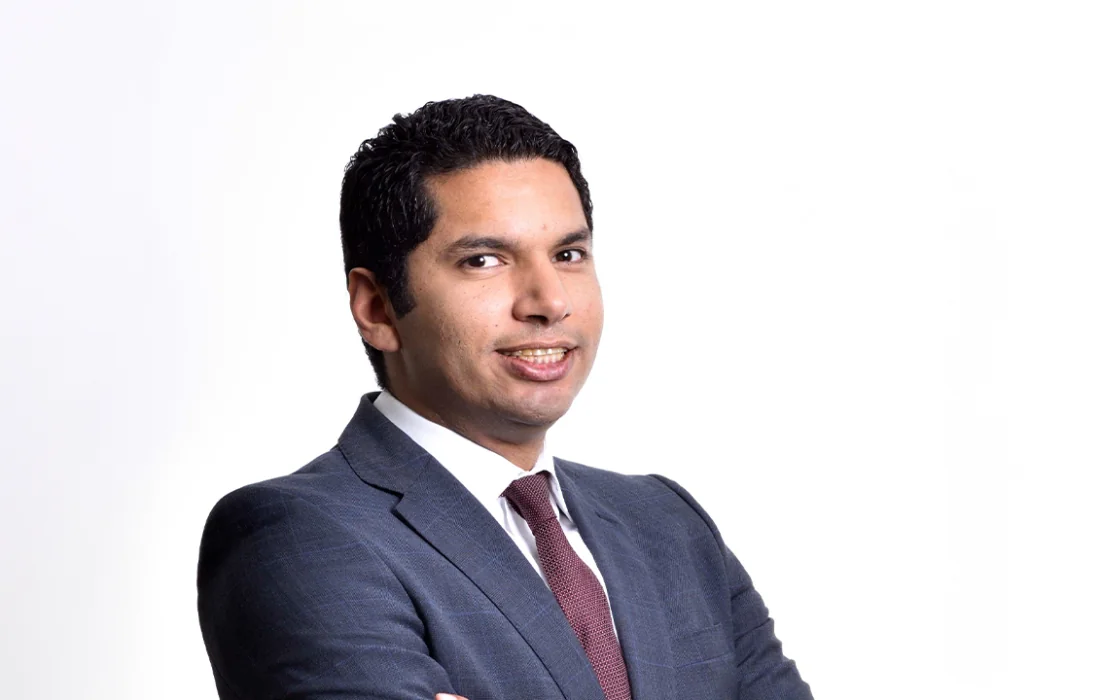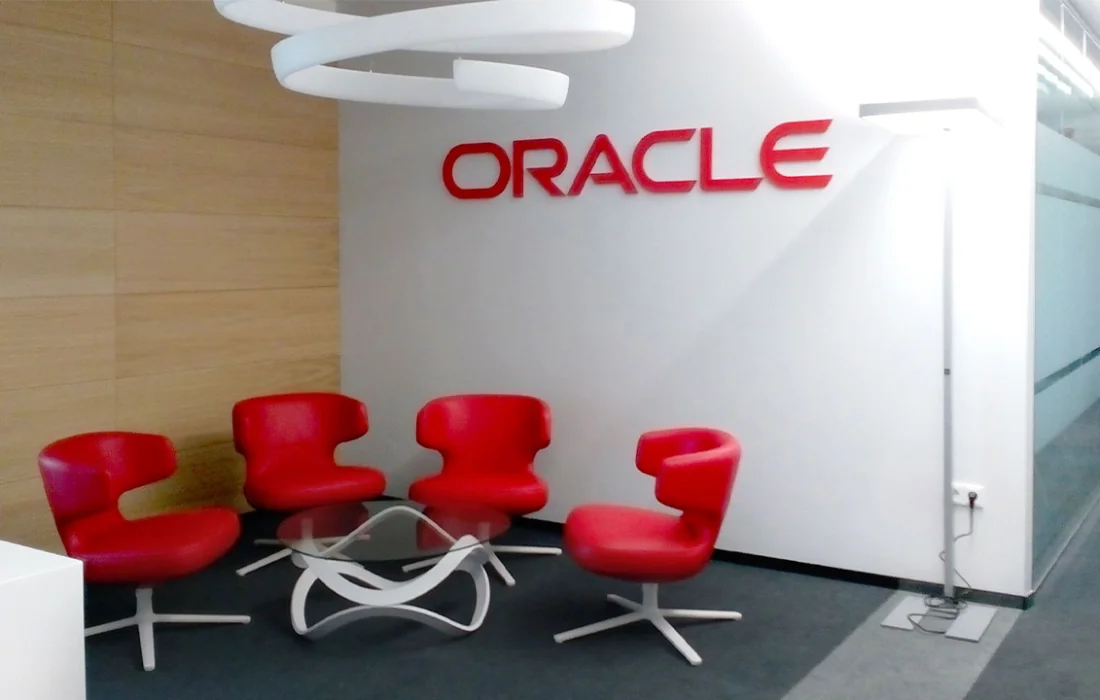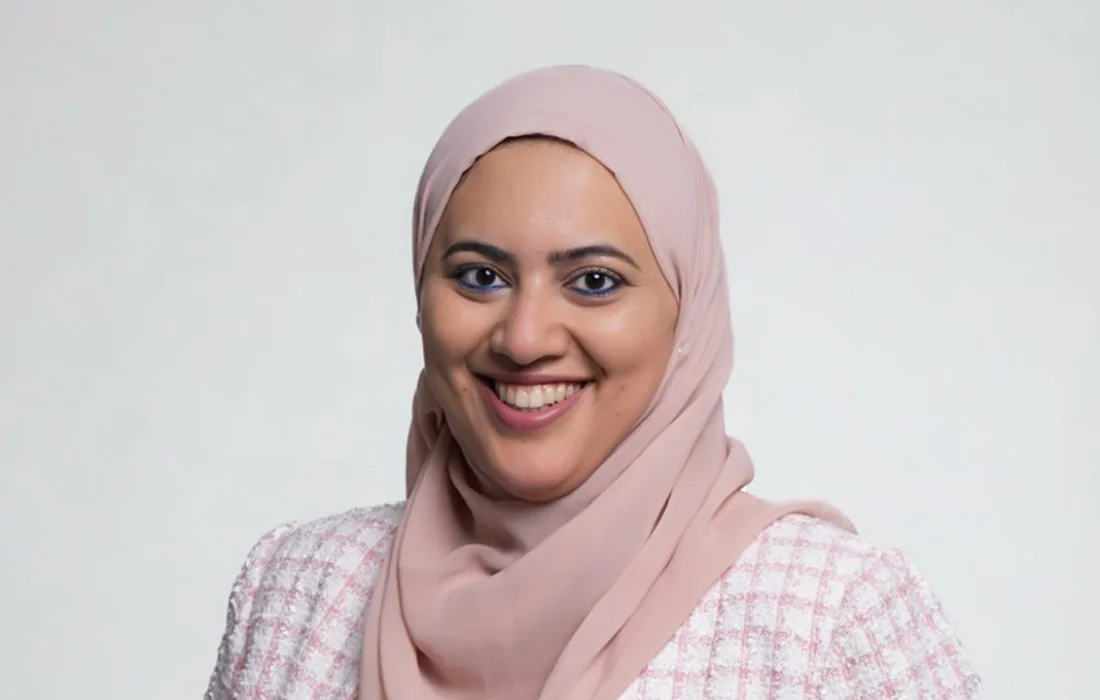As the 17th BRICS summit unfolds in Rio de Janeiro, the world is watching a growing standoff between emerging powers and an emboldened United States.
With forums like the G7 and G20 stalled by internal rifts, BRICS is positioning itself as a stable, multipolar alternative. But the bloc faces rising pressure, externally from Trump’s tariff threats and accusations of being “anti-American,” and internally with key absences like President Xi and Putin.
As BRICS pushes for IMF reforms and alternative financial systems, one question looms large: Is the group holding its ground, or beginning to unravel under external pressure?
BRICS 17th Annual Summit
The 17th annual BRICS summit is currently taking place in Rio de Janeiro in Brazil under the theme ‘’Strengthening Global South Cooperation for More Inclusive and Sustainable Governance.’ This is all happening under the umbrella of Trump’s trade tariffs concerns.
At the beginning of his term, U.S. President Donald Trump warned BRICS member countries from replacing the U.S. dollar as a reserve currency. In this, he threatened 100% tariffs on those who attempt to replace the dollar.
On July 6th 2025, Trump once again threatened that the US will impose an additional 10% tariff on any countries aligning with BRICS. He described their policies as “Anti-American.”
This is at a time when traditional global economic forums like the G7 and G20 are struggling to effectively function due to internal disagreements. Additionally, the disruptive “America First” Trump policies.
Notably absent from the summit will be two of the founding leaders. This includes Russian President Vladimir Putin and Chinese President Xi Jinping.
The summit’s agenda includes fostering cooperation among Global South countries. This is through creating alternative financial systems, reducing dollar dependency and greater representation in global institutions. Brazil has disclosed that the six key topics will include global health cooperation, trade, investment and finance, and climate change.
BRICS
What is BRICS? BRICS stands for Brazil, Russia, India, China, and South Africa. It is an intergovernmental organization of emerging economies hoping that as a collective they can increase their influences on the global order.
It was established in 2009, on the premise that international institutions were dominated by Western powers. Thus, no longer serving developing countries.
However, the group did not just stop there, in the 2023 BRICS summit, it extended invitations to six newcomers, Argentina, Ethiopia, Iran, Saudi Arabia, Egypt, and the UAE. All of which were accepted except Argentina.
Challenging the World Order
In opening remarks, Brazil’s President Luiz Inacio Lula da Silva drew a parallel with the Cold War’s Non-Aligned Movement. The movement was a group of developing nations that resisted joining either side of a polarized global order.
He specifically said, ““Brics is the heir to the Non-Aligned Movement. With multilateralism under attack, our autonomy is in check once again.”
The Brazilian president clearly positions BRICS as a bloc of emerging nations not fully aligned with Western powers. Instead, the group is working to create a more balanced, multipolar world order.
IMF Voting System
During the summit, the finance ministers from BRICS submitted a unified proposal for reform of the International Monetary Fund (IMF). Together, they agreed to back the proposal at the upcoming IMF review meeting in December. This meeting will discuss changes to a quota system that defines contributions and voting rights.
The members are calling for a new formula weighted by economic output and purchasing power. This in consideration of the relative value of currencies. Thus, their proposed system aims to better represent low-income countries.
The IMF voting system is based on a quota system which reflects each member country’s financial contribution to the fund. Thus, each IMF member state is assigned a quote based on their relative size in the global economy. It is usually determined by its financial contribution, access to IMF resources, and its voting power.
The way it works is that every member gets basic votes and additional votes. The basic votes are the same for all members, meanwhile additional votes constitute one vote of each part of their quota. Specifically, one vote for each Special Drawing Rights (SDR), IMF unit of account, of its quota.
Critics argue that this leads to the global North having disproportionate voting power. The United States, for instance, has 16.49% of the votes on the IMF’s board and thus essentially has veto power over all major decisions. This is because major decisions require 85% of votes.
The BRICS bloc was born from a vision of greater equity in a world long dominated by Western powers. Now, amid renewed geopolitical tensions and intensifying trade threats from the United States, it stands at a crossroads. From Lula’s invocation of the Non-Aligned Movement to a unified push for IMF reform, the bloc is clearly resisting the status quo.
Yet internal absences and growing economic pressure raise doubts about how unified or resilient BRICS truly is. The coming months, and especially the IMF review in December will be a litmus test.
Whether BRICS emerges stronger or begins to fracture may well reshape the global balance of power.
If you see something out of place or would like to contribute to this story, check out our Ethics and Policy section.
